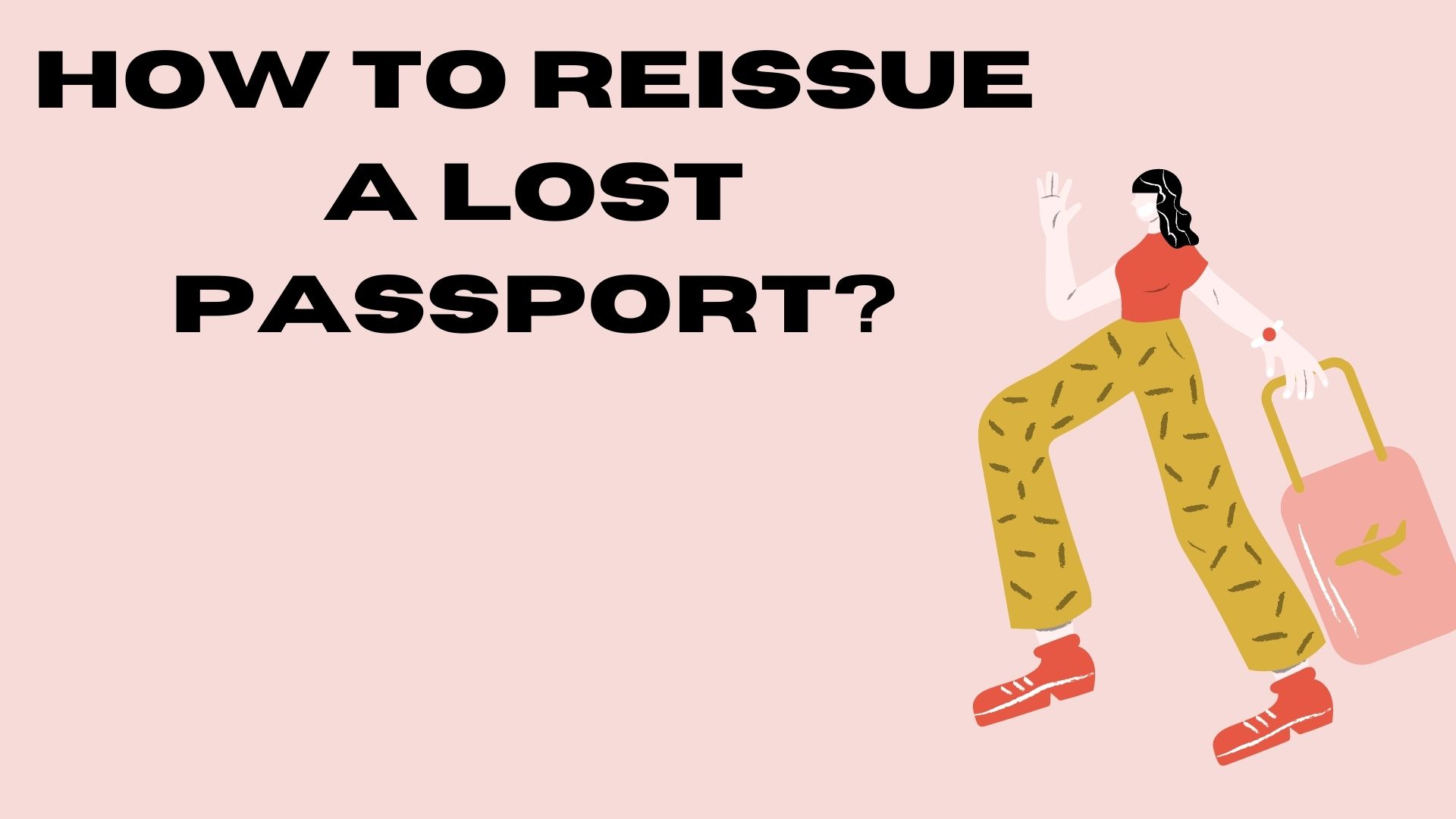The forex market does not operate from a physical location. Nor is it steered by a particular market exchange. Rather, it is a network of computers and brokers spread across various geographies. Essentially, the forex market is a global online network of trader that allows them to purchase or sell fiat currencies. Forex brokers play an important role in the currency market. They may in fact act as market makers as they could post for the kind of bid and ask for prices that may be starkly different even from the most competitive market bid.
As currencies are in high demand, the forex market operates round the clock from 5 p.m. EST on Sunday to 4 p.m. EST on Friday. It also determines the exchange rate for currencies as per the floating rates.
The interbank market and the over-the-counter market (OTC) are the two levels that make up the forex market. In the interbank market, as the name suggests, banks exchange currencies for various financial reasons like adjusting balance sheets, hedging, and also on their client’s behalf. It may have a handful of members but the volume of its trade is such that it has the power to influence the value of currencies.
Retail investors and individual investors use the OTC market to conduct trades. They do so through forex brokers and online trading platforms like MT4 and MT5. The United Kingdom is home to the biggest geographic OTC trade center and the market is dominated by London. It is the most important forex trading center in the world accounting for 43.1% of the total global trading.
Type of Forex Markets
The forex market can be categorized broadly as :
- Spot
- Forward
- Futures
Spot Forex Market
A large part of currency trading is done in the spot market. It indicates an instant exchange of currencies between buyers and sellers at the current exchange rate. The spot market is dominated by a few participants: banks, dealers, brokers, and speculators. Trades in the spot market are mainly conducted by large commercial and investment banks who carry out trades for themselves and for their clients. Usually, there is a settlement date during which the currencies are exchanged in spot forex trading. Generally, the trades are delivered within two days after the order’s execution and the funds are also transferred between bank accounts in 48 hours.
In most cases, the underlying assets are actually exchanged in any spot markets and you would notice this more in commodities markets. For instance, each time someone exchanges currencies at a bank, they engage in the forex spot market. The forex market is the largest market in the world and to put this into perspective, it is worth mentioning that the forex spot market realizes about $1 trillion in daily transactions!
Forward Forex Market
When two parties trade in the forward market, they exchange currencies at a particular price and quantity on a mutually agreed upon date. At the time when trade is initiated, no currency is exchanged. The two parties need not be just individual investors. They might as well be companies, banks, governments, etc.
However, a risk that forex traders should take into account when operating in the forward market is that it is relatively less liquid. This is because the trades aren’t entirely centralized and also involve counterparty risk where one party could be a defaulter.
Chinese yuan (CNY), Indian rupee (INR), South Korean won (KRW), New Taiwan dollar (TWD), Brazilian real (BRL), and Russian ruble (RUB) make up the biggest forward exchange markets in the world. While London has the largest OTC markets, they’re also active hubs in New York, Singapore, and Hong Kong.
Forward Exchange Calculation
Four variables are used to calculate the forward exchange rate. These are:
- S = the current spot rate of the currency pair
- r(d) = the domestic currency interest rate
- r(f) = the foreign currency interest rate
- t = time of contract in days
The forward exchange rate formula is:
Forward rate = S x (1 + r(d) x (t / 360)) / (1 + r(f) x (t / 360))
Suppose that the U.S. dollar (USD) and Canadian dollar (CAD) spot rate is 1 CAD which in turn buys $0.80 USD. The three-month rate in the U.S is 0.75% while in Canada it is 0.25%. Hence the three-month USD/CAD FEC rate would be:
Three-month forward rate = 0.80 x (1 + 0.75% * (90 / 360)) / (1 + 0.25% * (90 / 360)) = 0.80 x (1.0019 / 1.0006) = 0.801
The rate difference over 90 days is one one-hundredth of a cent.
Futures Forex Market
Future markets and forward markets function in a similar way. The key differentiator is that centralized exchanges are used in the future market which curtails counterparty risks. Therefore this does not compromise the market’s liquidity.
When two parties agree to exchange currencies in a futures market, they’re legally bound to honor their agreement as the same is spelled out on a legal contract. The parties perform the transaction on a specified date at a specified rate. If the seller does not close the position earlier than the agreed-upon date, they may choose to own the currency or speculate that the value of the currency would come down before the settlement date. Usually, one of the currencies in the forex pairs is the US dollar.
Bottom line
Even before you open your forex trading login, it is recommended that you start your forex trading journey by learning about it first. This means gaining a thorough knowledge of currency markets and the various nuances of forex trading. Once you’ve done this, you vet and carefully select a forex broker and open your forex trading account with them. Then, you set a trading strategy and test it out on your forex demo trading account that your broker may have given you access to. It is also very important that you’re clear about how much you’re willing to risk in forex. As we discussed above, forex trading has many advantages but tools like leverage can bring profits as well as grave losses. Learning how to use this wisely will help you earn more.



